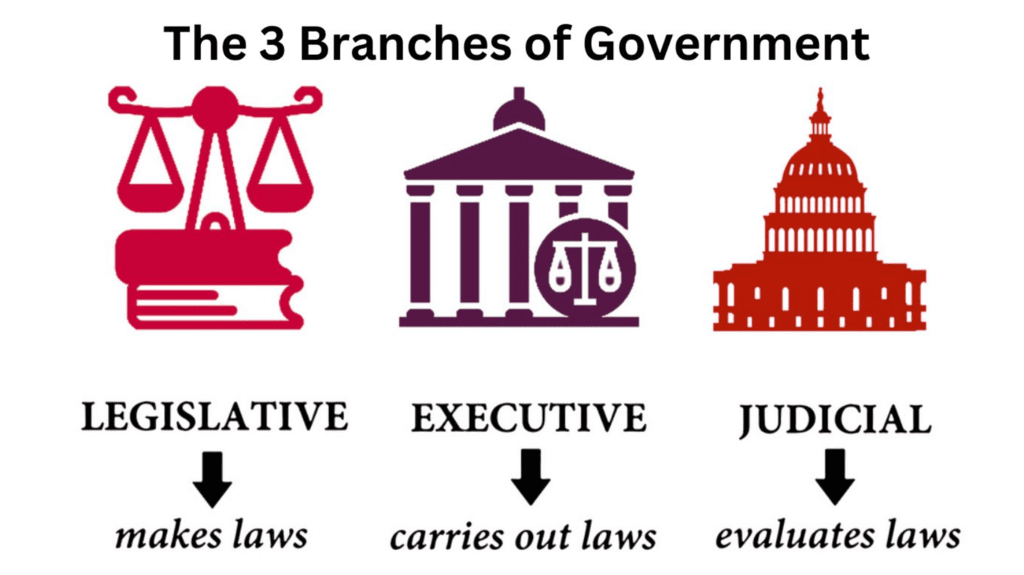Very Short Question Answers: Grassroots Democracy - Part 1: Governance | Short & Long Answer Questions for Class 6 PDF Download
Q1: What was the past method for sending money to a business?
Ans: People mailed a demand draft obtained from their bank.
Q2: What are the three branches of government?
Ans: Legislature, Executive, Judiciary.

Q3: What does the legislature do?
Ans: Creates and updates laws.
Q4: Who is responsible for enforcing laws?
Ans: The Executive branch.
Q5: What role does the judiciary serve?
Ans: Ensures fairness and justice.
Q6: What is the highest court in India?
Ans: The Supreme Court.
Q7: What is meant by "separation of powers"?
Ans: Keeping the branches of government separate to prevent misuse of power.
Q8: What level of government handles local issues?
Ans: Local Government.
Q9: What does the state government manage?
Ans: Regional issues and support for local governments.
Q10: What is the role of the Central Government?
Ans: Addresses nationwide problems and oversees national functions.
Q11: What is the motto of the Government of India?
Ans: "Satyameva Jayate" which means "Truth alone triumphs."
Q12: Who was Dr. A.P.J. Abdul Kalam?
Ans: A renowned scientist and the 11th President of India.
Q13: What does "democracy" mean in Greek?
Ans: Rule of the people.
Q14: What is a direct democracy?
Ans: A system where citizens vote directly on decisions.
Q15: What is the age requirement to vote in India?
Ans: 18 years old.
Q16: What are representatives at the state level called?
Ans: Members of Legislative Assembly (MLAs).
Q17: What encourages grassroots democracy in India?
Ans: Citizen participation in decision-making.
Q18: What is a key feature of Indian democracy?
Ans: It is a representative democracy.
Q19: What is the term for the assembly where laws are discussed?
Ans: Legislature
Q20: What does "nominal" mean in the context of governance?
Ans: In name only; not the actual executive head.
FAQs on Very Short Question Answers: Grassroots Democracy - Part 1: Governance - Short & Long Answer Questions for Class 6
| 1. What is grassroots democracy? |  |
| 2. Why is grassroots democracy important for governance? |  |
| 3. How can citizens participate in grassroots democracy? |  |
| 4. What are some examples of grassroots democracy in action? |  |
| 5. What challenges does grassroots democracy face? |  |

















